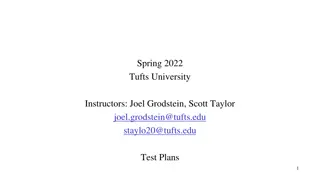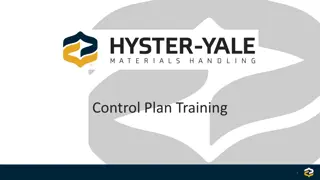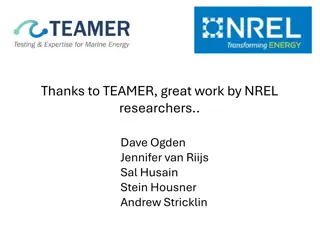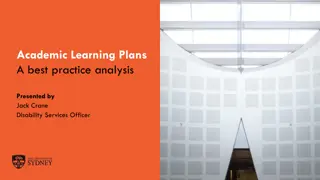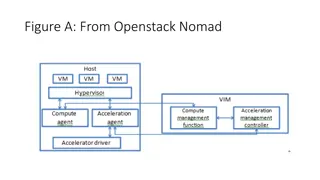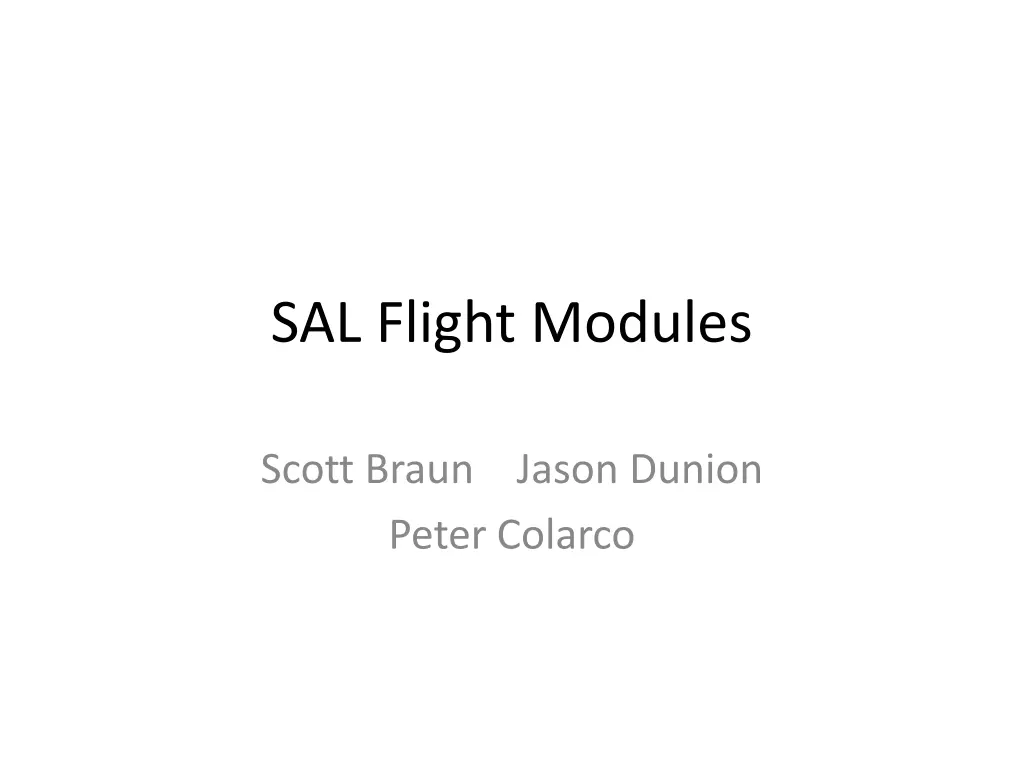
Flight Patterns for SAL Studies
Explore the SAL (Saharan Air Layer) flight patterns designed for measuring the structure of warm, dry air, and dust in relation to tropical cyclones. The objectives, advantages, and disadvantages of the TS or Hurricane SAL Pattern and Post-Depression SAL Pattern are outlined, along with conditions for execution. Discover the methodology, sampling strategies, and target areas for detailed research on SAL impacts on tropical weather systems.
Download Presentation

Please find below an Image/Link to download the presentation.
The content on the website is provided AS IS for your information and personal use only. It may not be sold, licensed, or shared on other websites without obtaining consent from the author. If you encounter any issues during the download, it is possible that the publisher has removed the file from their server.
You are allowed to download the files provided on this website for personal or commercial use, subject to the condition that they are used lawfully. All files are the property of their respective owners.
The content on the website is provided AS IS for your information and personal use only. It may not be sold, licensed, or shared on other websites without obtaining consent from the author.
E N D
Presentation Transcript
SAL Flight Modules Scott Braun Jason Dunion Peter Colarco
TS or Hurricane SAL Pattern Objectives: To measure the structure of the SAL (AEJ structure, warm and dry air, dust) in relationship to a tropical cyclone, with specific focus on the radial structure of the SAL/TC Conditions for execution: Prominent SAL air mass adjacent to a TC west of 40 W. Particularly interested in cases in which dry air is likely wrapping around southern side of the storm. Pattern must be large enough to extend well past cloudy region into SAL air For 10 legs, takes about 13 h to complete. Pattern could be asymmetric relative to the center if desired to shorten time. Dropsondes along all legs every 1 , perhaps 0.5 near dry intrusion.
Advantages/Disadvantages Advantages Easy to target convective and/or pouch centers Good N-S cross section of the AEJ and along the southern SAL edge Robust sampling of radial gradients around the disturbance Good for well developed systems and large-scale SAL sampling Legs good for targeting dry air/aerosol intrusions Repeated inner-core sampling Better for rapidly evolving systems
Advantages/Disadvantages Disadvantages Azimuthal sampling is limited Not conducive for regular (grid-like) GPS dropsonde spatial sampling
Post-Depression SAL Pattern Objectives: To measure the structure of the SAL (AEJ structure, warm and dry air, dust) in relationship to a tropical cyclone, specifically to look for intrusions of SAL air into the TC inner-core region Conditions for execution: Prominent SAL air mass adjacent to a TC west of ~40 W. Particularly interested in cases in which dry air is likely wrapping around southern side of the storm. Pattern must be large enough to extend well past cloudy region into SAL air For 10 outer box, takes about 12.5 h to complete. Dropsondes on grid along all legs every 1 , perhaps 0.5 near dry intrusion.
Advantages/Disadvantages Advantages Easy to target convective and/or pouch centers Patterns conducive for calculating disturbance centered budgets Regular (grid-like) GPS dropsonde spatial sampling Generally good N-S sampling of the AEJ and along the southern SAL edge east and west of center Better for insipient systems
Advantages/Disadvantages Disadvantages Limited sampling of radial gradients around the storm and not close in time Legs generally not conducive for targeting dry air/aerosol intrusions Longer on-station times would require more frequent adjustments to flight pattern to account for storm motion Inner-core region is not sampled more than once Not optimal for rapidly evolving systems Less optimal for well developed systems and large- scale SAL sampling
Pre-Depression SAL Pattern Objectives: To measure the structure of the SAL (AEJ structure, warm and dry air, dust) in relationship to an easterly wave Conditions for execution: Prominent SAL air mass adjacent to an AEW disturbance centered near ~40 W. Both developers and non-developers desired. Legs must be long enough to extend well past cloudy region into SAL air For six 10 legs, 2 separation, takes about 12.5 h to complete. Could shorten legs on south side or reduce to 4 legs if desired to go further east. Dropsondes along north-south legs at least every 1 , perhaps 0.5 near jet axis.
Advantages/Disadvantages Advantages Regular (grid-like) GPS dropsonde spatial sampling Very good N-S sampling of the AEJ and along the southern SAL edge Better for insipient systems with broad circulations or zonally oriented flows Good for large-scale SAL sampling
Advantages/Disadvantages Disadvantages Not optimal for targeting specific convective or pouch centers Limited sampling of radial gradients around the storm and not close in time Legs not generally conducive to targeting dry air/aerosol intrusions Inner-core region not sampled more than once Not optimal for rapidly evolving systems Less optimal for well developed systems

